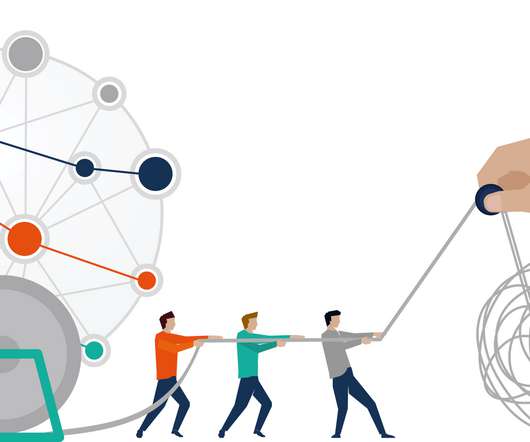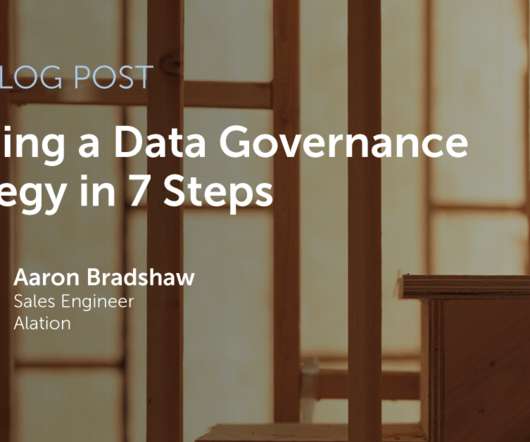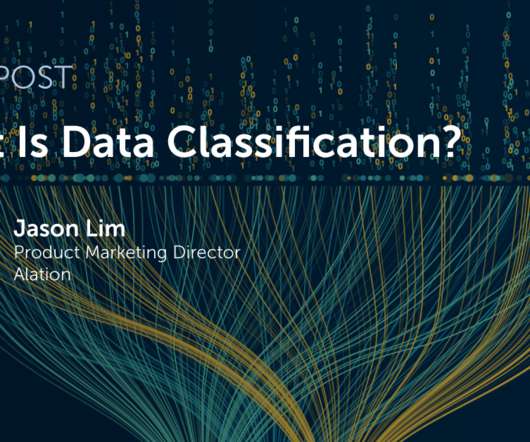Advancing AI: The emergence of a modern information lifecycle
CIO Business Intelligence
DECEMBER 4, 2023
Although less complex than the “4 Vs” of big data (velocity, veracity, volume, and variety), orienting to the variety and volume of a challenging puzzle is similar to what CIOs face with information management. A modern ILM approach helps CIOs and their teams align processes to business objectives and regulatory requirements.















Let's personalize your content